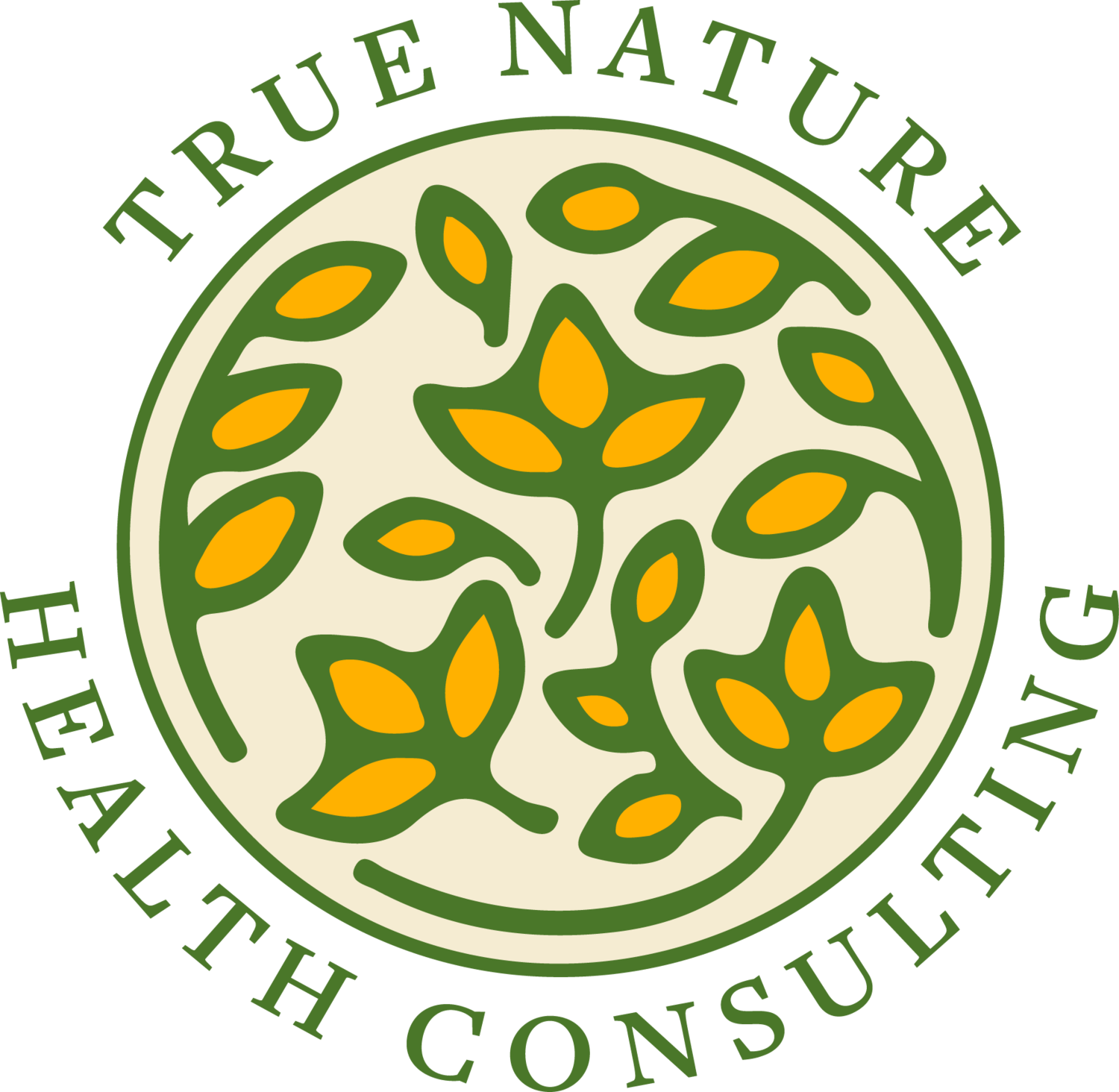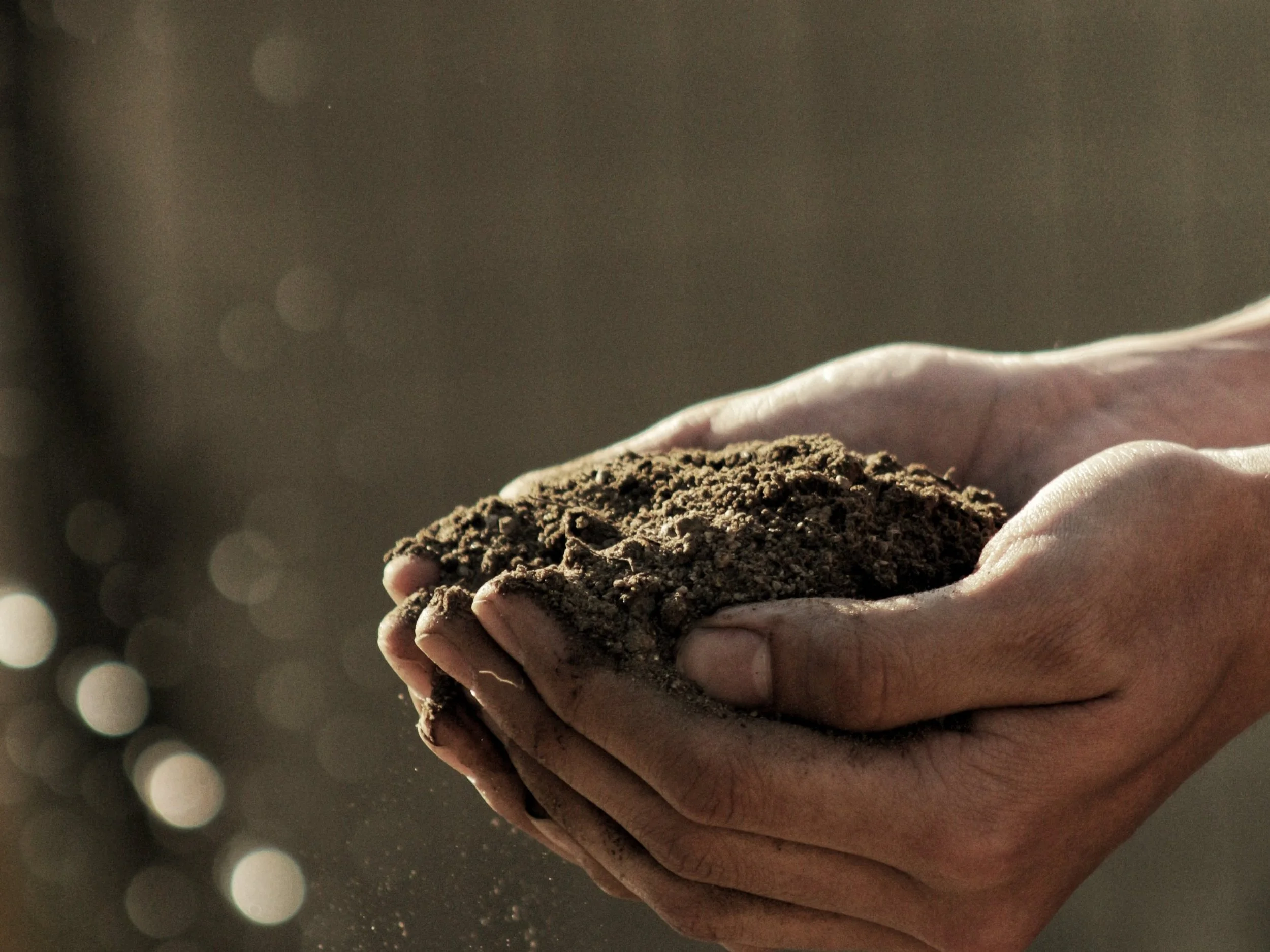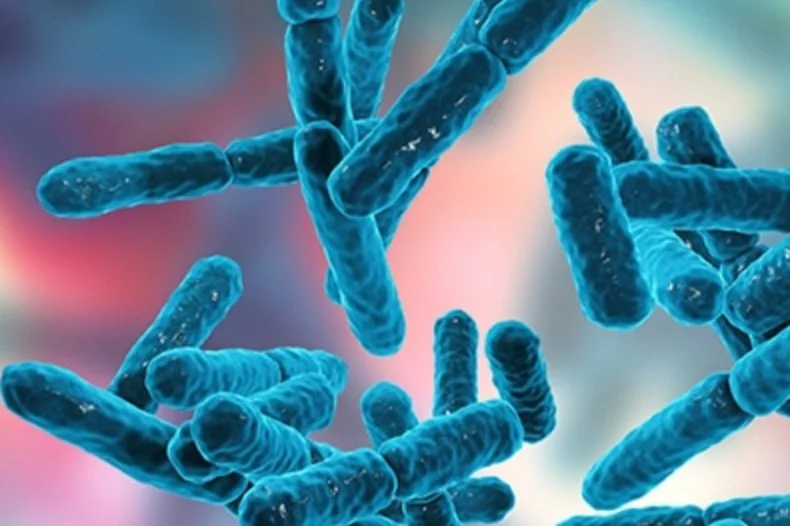Spore Biotics vs. Probiotics: Quorum Sensing and Individualizing the Microbiome
Hello, I am Julie Donaldson and I am a clinical nutritionist with functional medicine training. I specialize in restoring balance in complex, chronic and acute health conditions. I welcome you to peruse other articles that may be of interest to you in your health investigation!
“I simply had no idea how much probiotics were complicating my healing until I started working with Julie! She truly gets how important it is to step outside of conventional ideas and find the truth for an individual. I’m so grateful to have been introduced to this work.”
- Marion, Montana
Spore biotics
It is a very common conversation at True Nature Health Consulting that covers the why’s and wherefore’s of using spore biotics vs. probiotics. Naturally, as we understand that gut immunity and function are critical to holistic health, we become interested in supporting our microbiomes. Yet, much confusion exists about the safety or effectiveness of this practice. In this article, I will cover the basics of this conversation on individualizing your microbiome for optimal gut health and how to have confidence in your own choice.
What is a spore biotic and what’s wrong with probiotics?
First, we need to distinguish that spore biotics differ from probiotics in that they are sourced directly from the earth’s soil (another reason we need to protect healthy soil, as chemicals and constant tilling/moving/erosion deplete healthy soils). As tiny spores, they also move into the air and water.
Probiotics such as Lactobacillus and Bifidobacterium, on the other hand, are manufactured in a laboratory.
Spore forming bacteria (Bacillus species) dehydrate themselves in an inhospitable environment, and then form a tough protein coat known as the endospore. The endospore keeps the bacteria safe from stomach acids and bile salts until it meets a hospitable colon environment. It then breaks itself open for these bacteria to begin their processes of controlling over-colonization of disease-causing gram-negative and gram-positive bacteria. They produce 25 of their own natural antibiotics as well as waste products that healthy bacteria feed on in order to proliferate. (These are the nearly 1,000 healthy bacteria that were transferred from your mother in utero to establish your early microbiome.)
So, what’s wrong with laboratory-grown probiotics? The simple answer is they have 3 strikes against them to survive and colonize. Strike #1 is your stomach acid which kills the majority of them straight away. Strike #2 is the release of bile salts into the small intestine, which kills more probiotics. Strike #3 is the anaerobic environment of the large intestine which is unfriendly to laboratory-grown probiotics (aerobic in nature).
The “answer” to these 3 strikes in probiotic manufacturing is to increase the CFU counts. This, however, is mostly a marketing ploy vs. a scientific solution. Virtually no probiotic manufacturers test their post-production formulas, but test them as individual strains. The CFU counts of the combinations in their marketing claims do not match the original test numbers nor account for a combination formula. (Probiotics are the one supplement not required to go through post-production testing. The FDA has yet to label any one probiotic product as GRAS, “Generally Recognized as Safe”.
The WHO (World Health Organization) suggests a set of guidelines for a product to be used for humans whether as a stand-alone probiotic product or as a novel food supplement. These remain as guidelines and, as of yet, are not strictly enforced. These guidelines state that a product must:
Be accurately defined at the genus and species level using phenotypic and genotypic methods including biochemical testing and molecular methods (e.g., 16S rRNA analysis).
The strain must be deposited in an international culture collection.
The strain must be assessed in vitro to determine its safety and lack of virulence factors. This would include the ability of the bacterium to adhere to, to invade and to produce cytotoxic effects in epithelial cells. Also, the absence of known enterotoxin genes, enterotoxins, haemolysins and lecithinases.
Determination of antimicrobial activity, antimicrobial resistance profiles, absence of acquired resistance genes and inability to transfer resistance factors.
Pre-clinical safety evaluation in animal models.
Pre-clinical assessment in animals to demonstrate efficacy.
Phase I (safety) human trial.
Phase II (efficacy) and Phase III (effectiveness) trials in humans.
As spore biotics activate in a hospitable environment, they do so only in small numbers based upon the needs of the current microbiome. In this way, they are self-signaling molecules. They do not “re-seed” the bowel (as probiotic suppliers insist their products do, in spite of the 3 strikes). What they do is utilize quorum sensing during a 21-28 day transient period and then they expire…
What is quorum sensing and how does it affect individualizing the microbiome?
Key to this conversation is the ability of spore biotics to individualize the needs of your personal microbiome is quorum sensing.
Quorum sensing is the ability to detect and respond to cell population density via by gene regulation. For example, QS enables bacteria to restrict the expression of specific genes to the high cell densities at which the resulting colonies will be most beneficial. Many species of bacteria use quorum sensing to coordinate gene expression according to the density of their local population.
The spore allows the bacteria to remain dormant until it is needed. If it is not needed, it passes out of the body through the bowel. In nature, with an intact endospore, it can be used elsewhere.
Probiotics cannot do this. As a result, the large numbers of them that are killed by stomach acid, bile salts and an anaerobic large intestine create a possible challenge for the immune system. Dead bacteria must be cleaned up and moved out of the body via the lymphatic system (which utilizes your white blood cells and lymphatic fluid). In this process, probiotics may overstimulate some people’s immune systems. One study does indicate the possibility for a positive result from this activity as well, likely for those whose immune systems need upregulating. Undoubtedly, we need considerable study on both sides of this equation in order to determine risks and benefits.
(Note: flavonoids found in citrus, berries, garlic, onion and supplements such as quercetin and luteolin are quorum-sensing inhibitors. Spore biotic supplements should be taken away from these substances.).
A published study on the effects of spore biotics’ healing effects on endotoxemia
Published in 2017, a study was undertaken of the endotoxic results of poor nutrition and the attenuation of those effects by spore biotics. (Endotoxemia is medical jargon for “toxins in the blood”.)
The results were very impressive. The authors assembled 75 healthy young men and women and first took measures of their endotoxemia scores. They then induced a state of endotoxemia with a large standard American diet “challenge” meal from a worldwide fast-food chain. For a number of hours they then measured their endotoxic scores which increased 5-fold over pre-meal scores and sustained for two weeks.
Two of the biggest contributors to these scores are lipopolysaccharides and triglycerides.
The release of lipopolysaccharides (LPS) in the intestine is a normal feature of metabolism. It is abnormal when the LPS leaks into the bloodstream and triggers downstream inflammation, which is what occurs in the presence of dirty nutrition. It is the inflammatory cytokines from these LPS’s that were measured in this study.
(Of special note: Once LPS leaks into the bloodstream, it also becomes a risk factor in crossing the blood-brain barrier. The presence of LPS in the brain has been studied as a crucial factor in the development of Alzheimer’s Disease.)
Triglycerides are produced by the liver in response to stress, and this includes dietary and alcohol stress. They are necessary for fuel for muscles in the body, but in excess are documented to be associated with cardiovascular disease and fatty liver disease.
After administration of the inflammatory meal and testing of endotoxemia & triglyceride scores, the authors gave the study subjects a 30-day supply of spore biotics and then re-tested with the same measures. In that 30-day period, inflammatory cytokines were reduced by 42% and triglycerides by 24%. Insulin and glucagon scores also improved significantly, as did ghrelin levels (a hormone which supports appetite control).
In another study, bacillus spore forming species (B. subtilis, B. firmus, B. megaterium and B. pumilus) have been shown to convert genotoxic compounds to un-reactive products. This has particular relevance with irritable bowel diseases (IBD) such as Crohn’s and ulcerative colitis.
Bacterial spores from soil
Some of the incredible benefits of spore biotics
Supporting the body with fending off colds and flus
Treating SIBO (small intestinal bacterial overgrowth)
Reducing gut inflammation associated with Crohn’s disease and ulcerative colitis
Lowering the risk of cardiovascular disease
Helping to detoxify the intestinal tract, including from pesticides such as glyphosate
Reducing allergies and asthma
Lowering histamine/mast cell responses in the digestive tract
Treatment of urinary infection
Improvement in hyperlipidemia
The other side of the coin - some possible risks of probiotic supplementation
According to the NIH, possible harmful effects of probiotics include infections, production of harmful substances by the probiotic microorganisms, and transfer of antibiotic resistance genes from probiotic microorganisms to other microorganisms in the digestive tract.
There’s always one exception to the rule
In the case of probiotics, the exception to the rule for me is the use of saccharomyces boulardii. This specialized probiotic fungus is extraordinarily helpful in the aftermath of antibiotic use. It helps to prevent the invasion of candida, other fungi and pathogens in the post-antibiotic state where all bacteria have been killed and their receptor sites left open. Many healthy bacteria are unable to adhere to cell receptors, but the ability of S. boulardii to adhere to the mucus membrane reduces the availability of binding sites for pathogens in this vulnerable period. I recommend this strain to be used immediately for a 6-week period post-antibiotics, followed by spore biotic supplementation.
S. boulardii can modulate immunological function by acting as a stimulant or a pro-inflammatory inhibitor, both of which have significant application post-antibiotics. It is also known to be an effective treatment for a dangerous bacterial infection from C. difficile.
It also exerts trophic effects such as stimulation of brush border membrane digestive enzymes and nutrient transporter activity.
Lastly, S. boulardii is not known to acquire resistance genes, unlike bacterial probiotics such as Lactobacillus, therefore does not present the potential risks noted above for other probiotics.
The choice is pretty clear
For me, with decades in practice, the choice is quite clear since the arrival of high quality spore biotics in the natural medicine market. With the exception of a handful of special circumstances, spore biotic use is far safer, far more biochemically individual and overall, produces a more intelligent physiological response in the microbiome. While we used to be able to count on exposure to these helpful spore bacteria through our food and use of our hands in the soil, with diminished soil quality and presence of the spores on raw foods, supplementation at an appropriate individual level is now recommended. Always follow the advice of a health care professional with your supplementation. At True Nature we provide this type of individualized care through holistic telehealth services.



